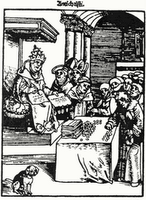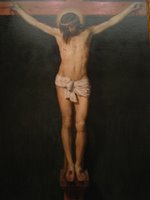 The name of Jesus, meaning "Savior" in Christian usage, derived from the Aramaic and Hebrew Yeshua and Joshua, meaning Yahweh is salvation. Jesus is the incarnate Son of God, the second person of the Trinity, and the prophesied Hebrew Messiah (Anointed One, deliverer of Israel). Also known as "Jesus Christ", "Jesus of Nazareth", and "Jesus the Nazarene".
The name of Jesus, meaning "Savior" in Christian usage, derived from the Aramaic and Hebrew Yeshua and Joshua, meaning Yahweh is salvation. Jesus is the incarnate Son of God, the second person of the Trinity, and the prophesied Hebrew Messiah (Anointed One, deliverer of Israel). Also known as "Jesus Christ", "Jesus of Nazareth", and "Jesus the Nazarene".Christian views of Jesus (known as Christology) are both diverse and complex. Most Christians are Trinitarian and affirm the Nicene Creed, believing that Jesus is both the Son of God and God made incarnate, sent to provide salvation and reconciliation with God by atoning for the sins of humanity.
Other Christians, however, do not believe that the Nicene Creed correctly interprets Scripture.
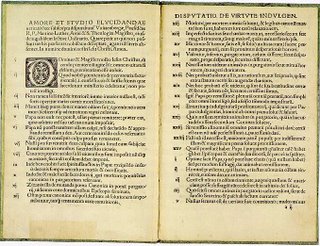

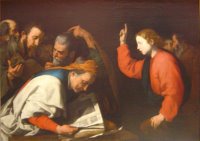


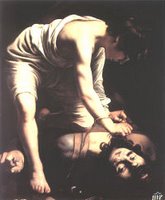
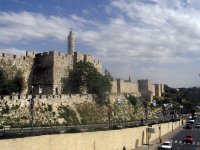







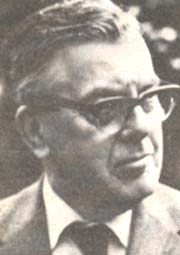
 Ill-legalism.com addresses issues of theology, hermeneutics, attitudes, lifestyle, and relationship surrounding Christian legalism and fundamentalism. It provides support for recovering legalists. Ill-legalism is not anti-fundamentalist. It exists partly to address problems within fundamentalism, and problems with some of the reactions to fundamentalism.
Ill-legalism.com addresses issues of theology, hermeneutics, attitudes, lifestyle, and relationship surrounding Christian legalism and fundamentalism. It provides support for recovering legalists. Ill-legalism is not anti-fundamentalist. It exists partly to address problems within fundamentalism, and problems with some of the reactions to fundamentalism.


